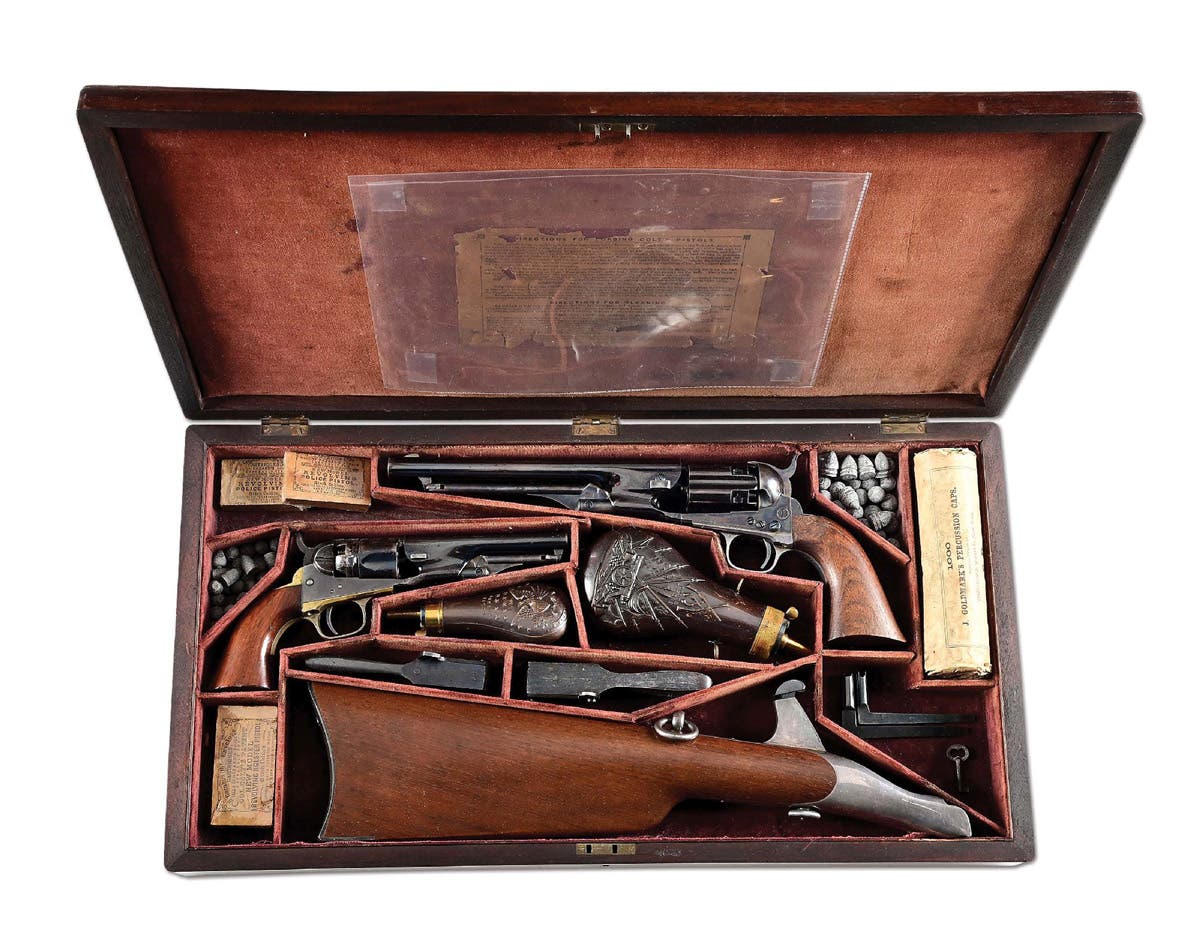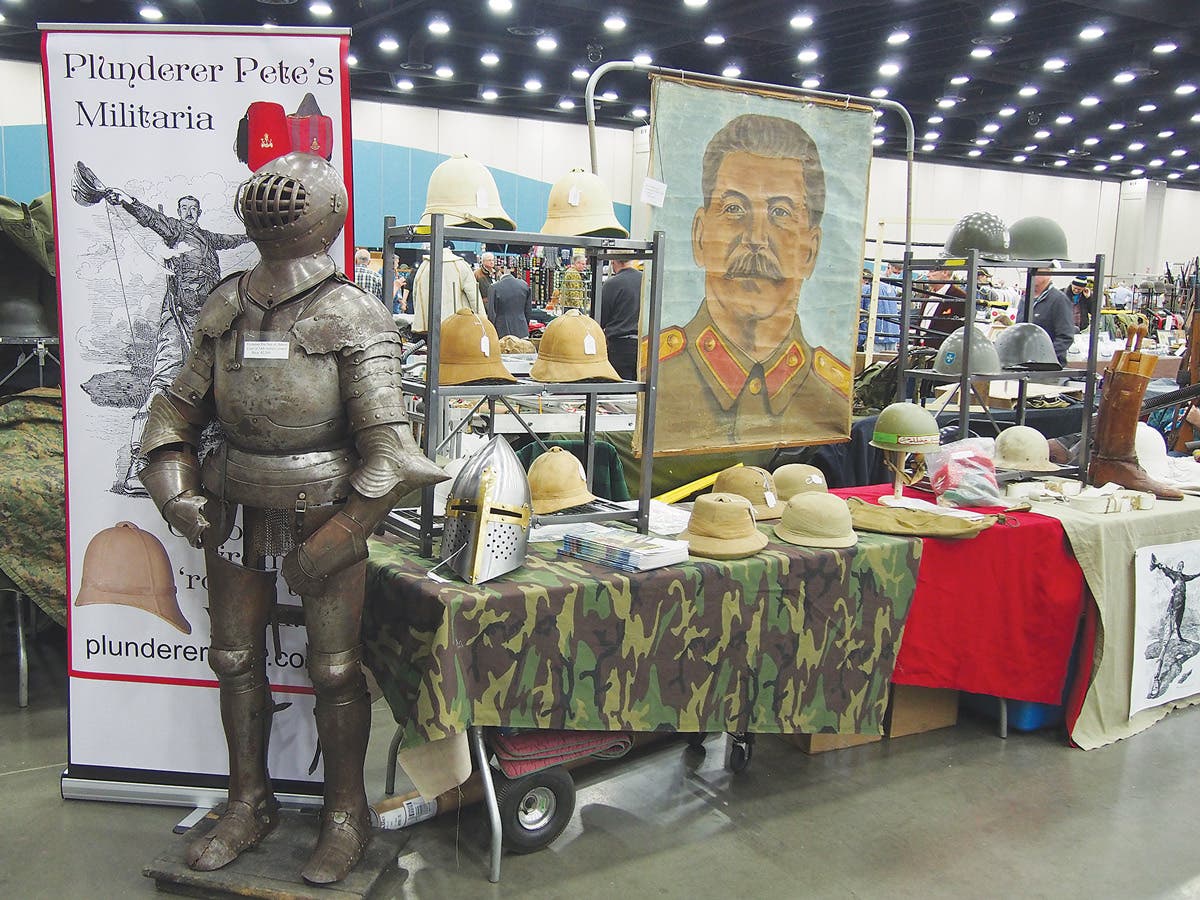Feldbluse: The German Soldier’s Field Tunic, 1933-45, by Laurent Huart and Jean-Philippe Borg, translated from the French by Lawrence Brown
The German Feldbluse (field tunic) of WWII was generally a four-pocket, single-breasted garment with a stand-and-fall collar, provisions for internal suspenders, and four pockets with flaps. This book is an in-depth study of the feldbluse, recounting its constant evolution from its introduction in 1933 to the shortened feldbluse of 1944.
Feldbluse: The German Soldier’s Field Tunic, 1933–45, by Laurent Huart and Jean-Philippe Borg, translated from the French by Lawrence Brown (ISBN 978-2-35250-010-0, Histoire & Collections, 5 Avenue de la République, 75441 Paris Cedex 11 France, distributed in the U.S.A. by Casemate, 1016 Warrior Rd., Suite C, Drexel Hill, PA 19026, phone 610.853.9131, Web site:www.casematepublishing.com. Hardcover, 9" x 12-1/2", 128 pages, 54 black and white photos, 270 color photos, 10 line drawings, 2007, $37.95).
The German Feldbluse (field tunic) of WWII was generally a four-pocket, single-breasted garment with a stand-and-fall collar, provisions for internal suspenders, and four pockets with flaps. It served double duty as a walking-out and combat jacket. Field tunics ranged in color from feldgrau (field gray) to reed green, tropical khaki, and more, and were manufactured from a variety of fabrics of varying quality, including wool, drill, and cotton twill.
This book is an in-depth study of the feldbluse, recounting its constant evolution from its introduction in 1933 to the shortened feldbluse of 1944. In their quest to shed new light on the feldbluse, the authors consulted archival photographs, surviving specimen tunics, and documents, including some 100 compiled army circulars and general orders.
Rather than rely on the commonly used “model/year” classification system, a postwar contrivance, the authors maintain that there was but one model of feldbluse: the 1933, with ten subsequent modifications. They proceed to describe in detail the alterations to the basic tunic through its service life. Along the way, they shatter a few myths and commonly-held misperceptions. For example, they demonstrate that, rather than a late-war phenomenon, wide variations in the color and quality of cloth are detectable in early examples of the feldbluse.
The book mostly concentrates on other ranks’ tunics, but discusses officers’ tunics when modifications to them preceded similar modifications to other ranks’ tunics. Also covered in detail are buttons, shoulder straps, rank and national insignia, first-aid kits (for which there were special pockets built into the interior of the tunics), and even alterations made to stock field tunics by fashion- or status-conscious soldiers.
With descriptive text; archival photographs; excellently detailed color photos of surviving specimens (including some near-mint field tunics), thoroughly photographed inside and out; and color “reconstructions” of live models in typical outfits, this is a fairly exhaustive reference on the subject. About the only avenue of research the authors didn’t carefully investigate, as they freely admit, were the scarce and elusive manufacturers’ records, which might have shed new light on production methods, materials, and numbers. Regardless, Feldbluse is a thoroughly satisfying study and certain to become a key title in any reference collection on German Heer uniforms of WWII.—Thomas R. Kailbourn





